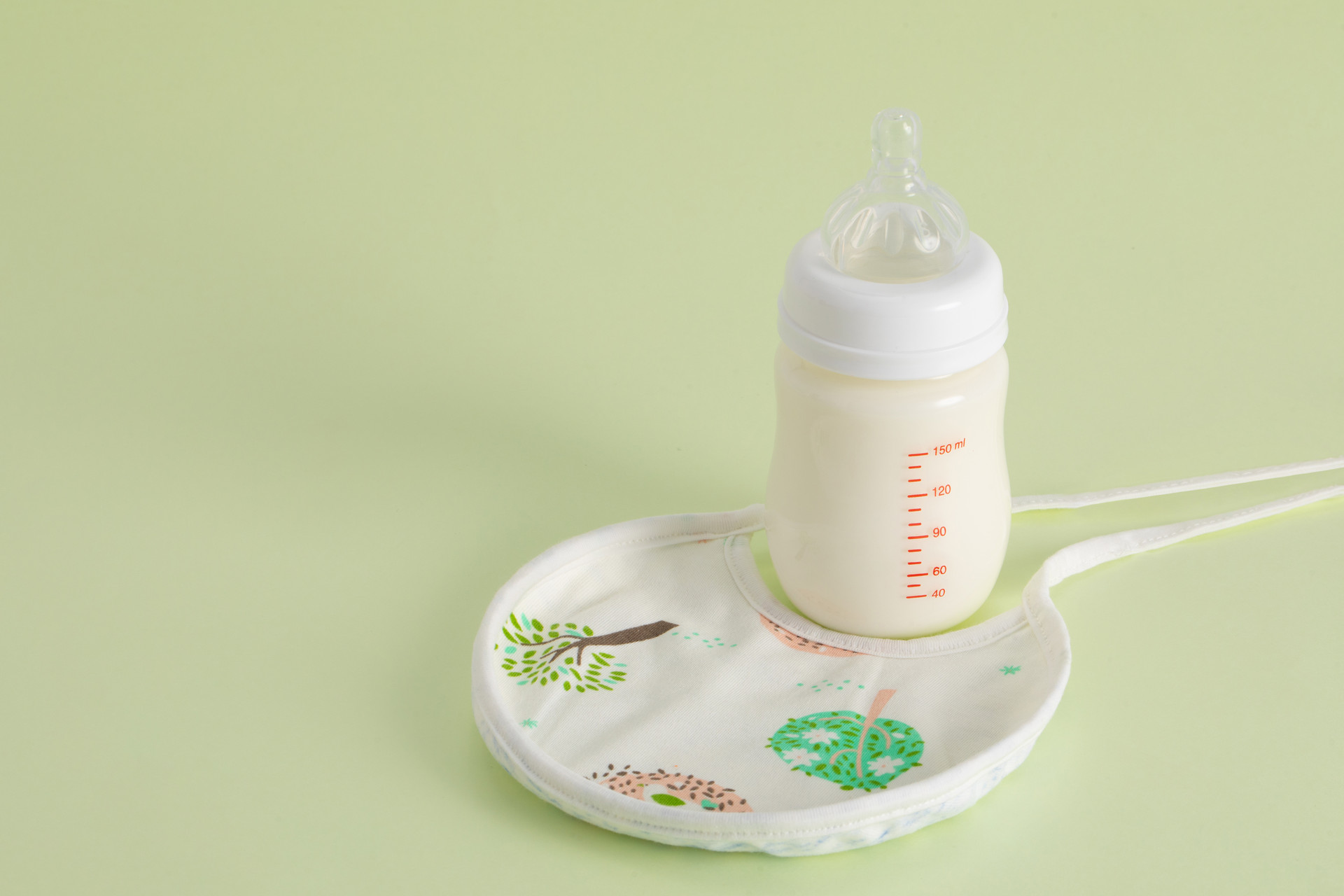Breast milk is a natural source of nutrition for infants, so it is important to promote breastfeeding, especially for infants under 6 months of age. Breast milk is rich in nutrients, easy to digest and absorb, with an appropriate ratio of protein and sugar, and high nutritional value. It is small in particles, which is beneficial for digestion and absorption. Breast milk also contains various antibodies that can resist diseases and enhance physical fitness. Therefore, promoting breastfeeding is one of the important measures for promoting healthy reproduction and child development.
In summary, breastfeeding has the following advantages:
1. Comprehensive and high-quality nutrition that is easily digestible and absorbable. Breast milk contains six major categories of nutrients needed to maintain normal body function. Although the total amount of protein in breast milk is relatively small, it is rich in albumin and low in casein, so it forms small clots in the stomach, which are easily digested and absorbed. The composition of various amino acids in the protein is suitable, so it has a high utilization rate. Breast milk contains more lipase, which is beneficial for fat digestion. The fat in breast milk contains more unsaturated fatty acids, which are essential for the development of the nervous system and myelin formation, and have high nutritional value.
Breast milk contains more lactose than other milk, and also contains more amylase, making carbohydrates easy to digest, which is an important source of energy for infants. Lactose can also inhibit the growth and survival of pathogenic bacteria such as Escherichia coli, reducing the chance of infection by these bacteria. The minerals and trace elements in breast milk are beneficial for the growth and development of infants. The ratio of calcium to phosphorus is appropriate (2:1), making it easy to absorb, so infants who are breastfed have less rickets.
2. Breast milk contains many substances that can resist infections, such as various antibodies, lysozyme, and immune-active cells, which can enhance the infant's ability to resist diseases. Colostrum contains secretory immunoglobulins, which are not affected by the acidity or alkalinity of the gastrointestinal tract, and are not digested. They can bind with bacteria, viruses, allergens, etc. in the intestinal tract, preventing them from entering the intestinal mucosa, so they have the effect of resisting infections and allergies. In addition, breast milk also contains antibodies against Escherichia coli, diphtheria bacillus, pneumococcus, measles bacteria, poliovirus, rotavirus, and other pathogens to protect infants from these infections. The colostrum in breast milk contains complement, such as C3, C4, which can dissolve and eliminate bacteria. The lactoferrin in breast milk is mostly in an unsaturated state, which can prevent the growth of harmful bacteria that require iron, so it has a strong anti-infection effect. The lysozyme in breast milk is 254-429 times higher than that in fresh milk, and has bactericidal effects.
Breast milk contains active macrophages, lymphocytes, granulocytes, etc. with anti-infection capabilities, which can directly phagocytose and kill bacteria. In summary, breast milk has unique and irreplaceable immune and disease resistance functions that milk cannot substitute for. These immune substances have excellent protective effects when the infant's immune system is not yet fully developed.
3. Breast milk is beneficial for digestion. Breast milk has a weak neutralizing effect on the infant's stomach acid, which is beneficial for the digestion of food.
4. Breast milk is a sterile food. The quality and quantity of breast milk increase with the growth of the infant, and the temperature is also suitable. It is almost a sterile food.
Therefore, breastfeeding is recommended for infants. Only infants who are breastfed can grow and develop healthily. Therefore, unless there are special circumstances (such as the mother having a disease that is not suitable for breastfeeding or no breast milk), breastfeeding should be used to nurture infants. Breastfeeding is also beneficial for mothers. Postpartum breastfeeding can promote uterine contraction and facilitate early recovery of the body. Breastfeeding can also enhance the bond between mother and child and observe changes in the infant.
Below are the correct breastfeeding methods for feeding young infants.
Before breastfeeding, the mother should wash her hands, apply warm compresses to the breasts, and then massage the breasts in a clockwise direction to facilitate the discharge of milk. Then use a clean, moist gauze to clean the nipples and squeeze out a few drops of milk to clean the milk duct.
During breastfeeding, most or the entire areola should be placed in the infant's mouth. Use the index and middle fingers of one hand to gently hold the upper and lower parts of the areola to prevent the infant's nostrils from being pressed against the breast and causing breathing difficulties, and to prevent the milk from flowing out too quickly and causing the infant to cough or suffocate.
When breastfeeding in a lying position, the mother lies on the bed, with a pillow supporting the head and shoulders, and places the infant's head on the elbow joint, holding the infant close to herself. When feeding the infant with the right breast, the mother should lie on the right side; when feeding the infant with the left breast, the mother should lie on the left side.
When breastfeeding in a sitting position, the mother leans against a chair or sofa, with a pillow supporting the waist, and her feet resting on a low stool. Use one hand to hold the infant, so that the infant is close to the mother's body, with the lower jaw touching the breast. Use the right hand to hold the infant when breastfeeding the right breast, and use the left hand to hold the infant when breastfeeding the left breast.











